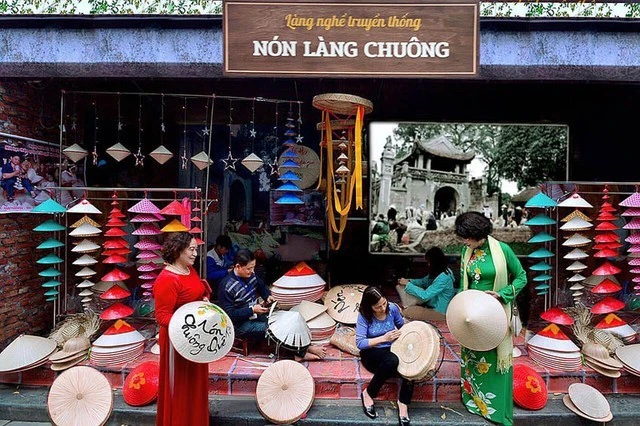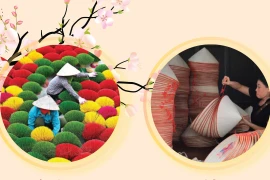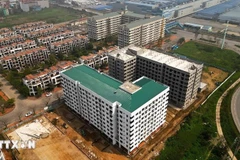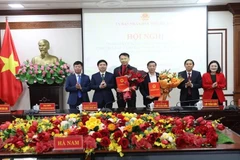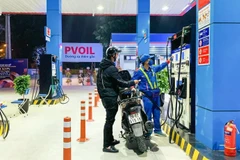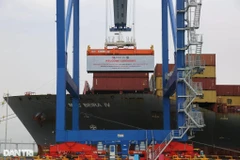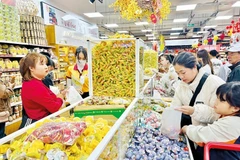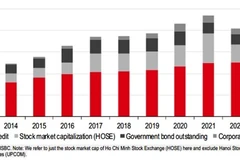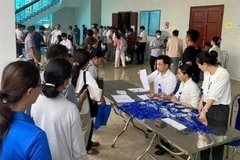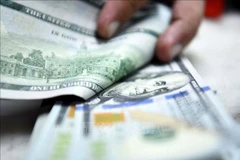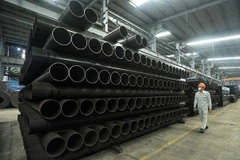Hanoi (VNA) – Hanoi is set to digitalise 300 craft products and create vlogs and electronic manuals as part of its masterplan for craft village development from 2025 to 2030, with a vision to 2050.
The plan seeks to preserve traditional cultural values while fostering the growth of new craft industries. It also aims to review and classify craft villages to determine which should be maintained or transitioned to other trades. To boost production, Hanoi will prioritise the promotion of traditional handicrafts with strong tourism potential.
Between 2024 and 2030, the capital city plans to restore and preserve at least five traditional craft villages at risk of disappearing. Additionally, it aims to recognise at least 10 new trades and 25 traditional craft villages, upgrade 10 villages from craft villages to traditional craft villages, and develop 10 craft village tourism tours.
By 2030, Hanoi expects over 80% of the craft villages and traditional craft villages to be operating efficiently. At least 80% of workers in these villages will receive training in occupational safety, hygiene, and basic IT skills.
More than 50% of the craft villages will have products certified under the One Commune One Product (OCOP) programme, with digitalisation support. Additionally, at least 30% of these villages will have their products protected by intellectual property rights.
The city will ensure all craft villages meet environmental protection standards, and at least 30% will have dedicated exhibition spaces, sale points, or e-commerce shops.
By 2050, Hanoi aims to restore at least 10 traditional crafts and craft villages that are in danger of disappearing, recognise at least 10 new crafts and 20 traditional craft villages, and develop at least 20 craft villages linked to tourism, along with 20 craft village tourism tours.
The city also expects over 80% of the traditional craft villages to be profitable, with at least 90% of workers enhancing their capacity through training.
Hanoi plans to have at least 300 craft villages with OCOP-certified products and at least 50% of the craft villages with intellectual property-protected products, with the goal to increase the production and sale values of craft villages by 10%./.
